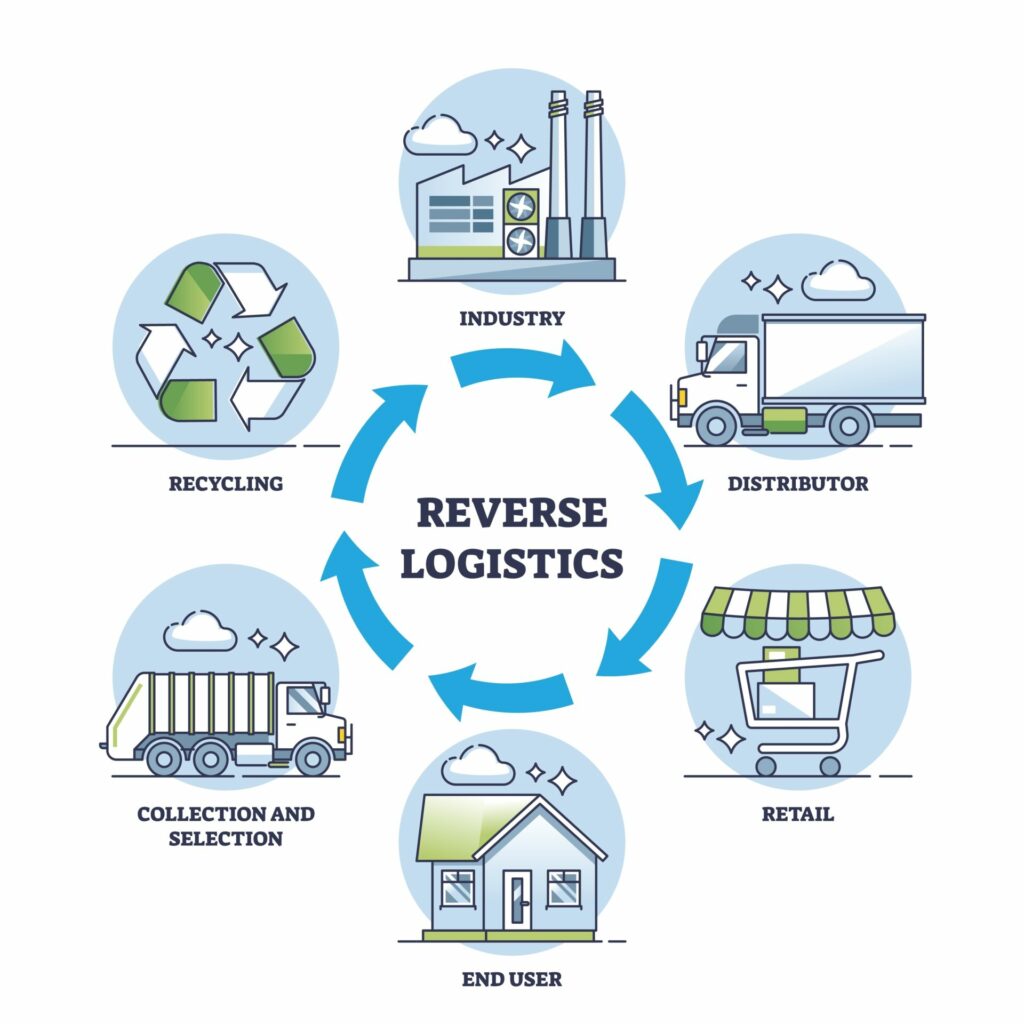Silver bells… online sells… Believe it or not, the holiday season is already in full force. If you’re an ecommerce brand, you’re likely all geared up for that lovely holiday peak.
If you aren’t yet… well, it’s time to step on it!
Why is the holiday season starting earlier and earlier each year? Deals, deals, and more deals. Consumers are looking for promotions that will help them stay within their budget this holiday season, and it’s predicted that holiday sales between November and December will increase by 8.9% this year.
So, what does this mean for ecommerce fulfillment? In short, more customers, more site visits, more sales, and more returns.
Read on for a dive into how the early holiday season may affect your brand. Plus, explore our tips on making it the most successful season yet.
An earlier holiday season means more customers, more sales, and more shipments. Are you ready?
Whether you’re running a promotion or not, there will be an increase of active users searching the web for holiday gifts in November and December.

And on top of that, there’s the ongoing COVID-19 pandemic.
With the Delta variant causing concern and reluctance towards in-person shopping this holiday season, it’s no surprise that ecommerce is expected to thrive once again. are planning to do most of their holiday shopping online in 2021. This makes it the perfect time to prep your site (and your customer support team) for an influx of customers.
So, how can ecommerce brands prepare for a holiday season that seems endless, and doesn’t quite know when to start?
We’ve said it before and we’ll say it again – when it comes to shopping online, the customer experience is everything. To provide a successful and smooth experience for potential buyers, it’s imperative to start thinking about challenges like loading times, unhappy customers, and complicated checkouts sooner rather than later.
Check-out and payment – combating cart abandonment
If you have an online store, there’s a high chance that the term ‘cart abandonment’ is familiar to you. Cart abandonment is when a potential customer begins the checkout process for an online order – but drops out before completing the purchase.
A recent study by Statista found that 66.1% of online shoppers in the US abandon their carts before buying a product – resulting in a large number of lost sales that can be troubling for ecommerce brands.
With the influx of potential buyers this holiday season, there’s no doubt that shopping sites will see a spike in cart abandonment over the next month.
But, not to worry! We have some good news – a few changes like adding empty cart call-to-actions (CTAs), implementing pop-up size guides, and having multiple shipping options can increase conversions by 35.26%.
Oh, and another thing… mobile users have an even HIGHER cart abandonment rate than desktop, coming in hot at 80.6%. This means you’ll want to make sure your mobile checkout flow is in tip-top shape by increasing mobile site speed, keeping only the most necessary copy, and making sure every part of the process is optimized for mobile devices.
Customer support – caring for customers
For ecommerce brands, customer experience is not just about returns or delayed shipments; it’s about establishing a genuine connection with the customer so they’ll come back again and again. But with more potential buyers hitting the ground running in November and December, it’s necessary for ecommerce brands to re-evaluate their customer support structure.

Are there multiple channels of communication where a potential customer can contact support? Does your site have an FAQ page? Is your contact info readily available? These questions will help make or break your customers’ experience this winter.
With 2020’s COVID-19 shutdown, 2021 saw a rapid increase in digital engagement, heightening the standards of customer service to a degree never seen before. Consumers want connection, personalization, and compassion – and they’re not afraid to spend more money to make sure they’ll get the service they want. According to Zendesk, 75% of shoppers are willing to buy more at a company that offers good customer service.
Our advice? Develop a plan now and invest in customer relationship management tools to make sure your CX team is fully prepared to handle a larger amount of traffic: requests, emails, social media messages, and more.
Inventory – keeping an eye out and stocking up on popular products
Another by-product of the holiday season is a higher turnover rate when it comes to inventory. A key way to stay on top of your stock is to make sure you have stellar to avoid excess product and delays due to stock outs.
Keeping track of your most popular products and making sure that you have more than enough inventory ready to ship for the holiday season is an easy way to ensure a successful peak and overall smooth experience. Remember that during the holiday season, many customers are coming to your site with a specific product in mind as a gift, and the last thing they want is to be told that it’s unavailable.
Returns – streamlining your process
Last but certainly not least, peak season always brings forth a mountain of returns. While returns can be disappointing for ecommerce brands, there are certainly positives to be found!
Having an easy returns process helps to create brand loyalty and keep your customers coming back again and again. Studies have found that 92% of customers will buy from an ecommerce brand again if the returns process is not too difficult to navigate. Incorporating free return shipping or self-service returns are great ways to streamline the process for the customer, ensuring a positive return experience.
No matter what industry you’re in, one thing’s for sure; the holidays have a huge influence in annual revenue for ecommerce brands. It’s important to adapt to this earlier timeline to benefit from the season of giving. We can assure you: It’s never too early to start planning for peak!




